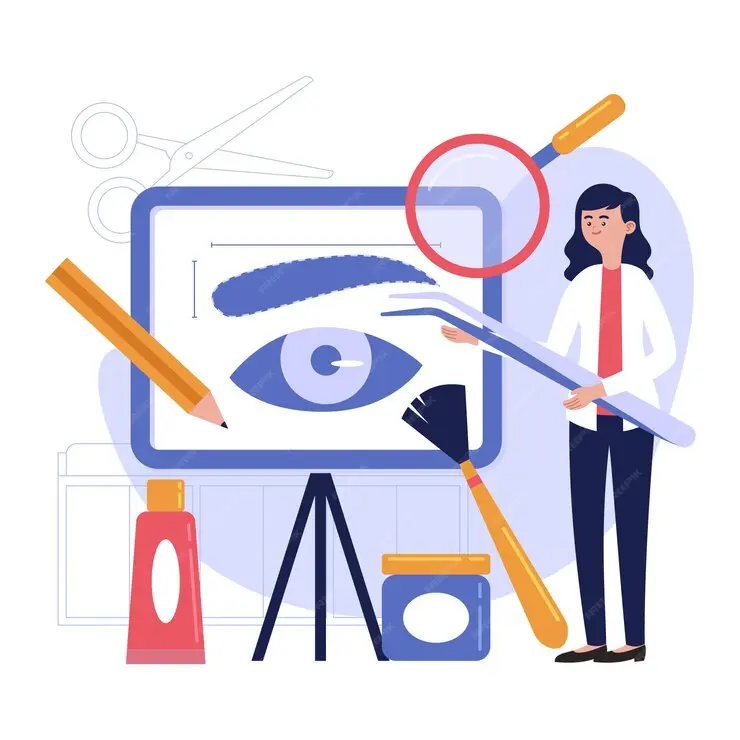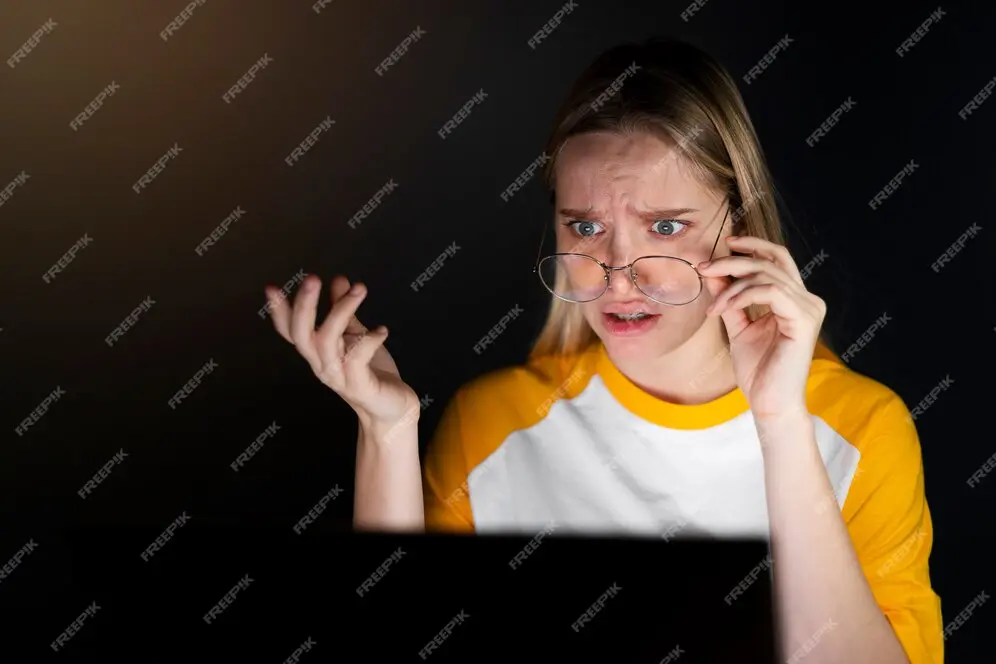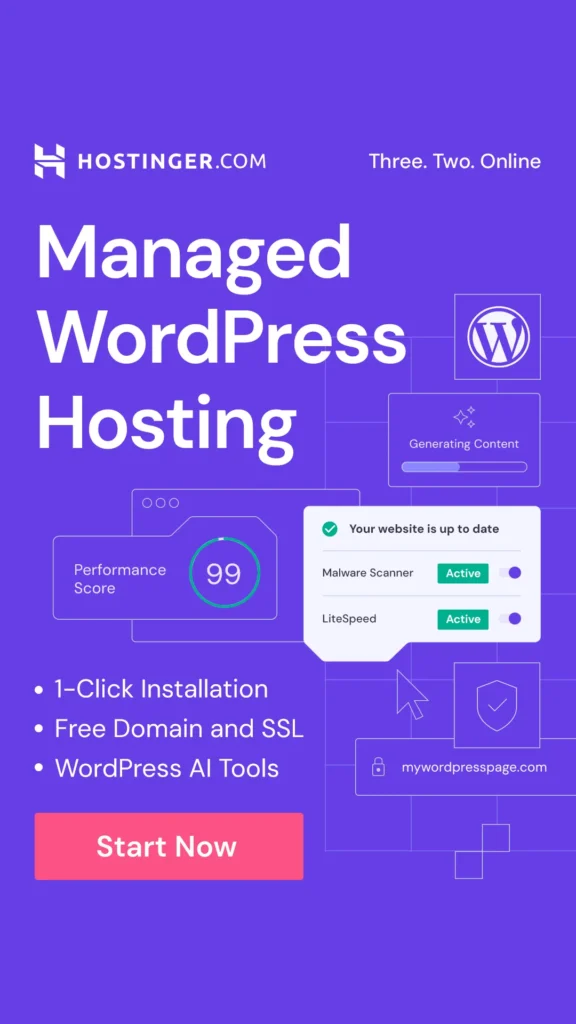Eye Tracking In SEO
According to a study by MarketsandMarkets, the global eye-tracking market is expected to rise to USD 1098 million by 2025, with an estimated CAGR of 24.5% during the forecast period.
Eye tracking relies on a technology that precisely monitors where the human eye looks on a webpage. It reveals information about human cognition and behaviour patterns. Four eye patterns were observed while scanning user behaviour. Let’s understand them below.
What Is An Eye Tracking Pattern In SEO?
Patterns refer to the various types of movements of users, i.e., where their eyes are glued the most to your website. Here are the four common eye-tracking patterns:
- F-pattern: Users scan the top and down the left side of a page.
- Z-pattern: Focus on key points in a Z-shape, which is great for visual-heavy content.
- Layer-cake pattern: Users focus on headings and skip between sections.
- Spotted pattern: Users scan a page looking for specific elements, such as images or links.
How Does Eye Tracking Improve Search Result Rankings?
Eye tracking helps pinpoint the areas of search results that capture user attention. So one can know where most of your visitors’ attention is blocked. Are they seeing images first or the headline?
Such information can guide marketers on how to optimize meta tags, titles, and featured snippets based on eye-tracking data to improve CTR (Click Through Rate). Many times, images and videos capture more attention. A Saas-based digital services company, Exact Target, increased its conversion rate by 40.18% by simply making some changes to its landing pages based on eye-tracking data.

How Can Eye Tracking Be Used To Improve Website Engagement?
Eye tracking in SEO can work wonders as it provides real-time engagement impressions of your audience. This data can help in refining website designs by analyzing user attention on different elements like:
- Which are smooth flow areas?
- Which sections confused or frustrated the customers?
- If they are looking for a product, is that easily scannable? Or do they have to dive deep into your website to find a particular section?
- Does your website meet the needs of users?
Figuring out and testing these questions can save a lot of time and resources for designers who want to optimize their websites for friendliness.
With eye tracking, UX/UI developers can optimize call-to-action placements, navigation structure, and visual hierarchy of the landing page or any website webpage.
How Does Eye Tracking Help Improve Usability?
Suppose you have a hotel booking website. And unfortunately, most visitors skip over a crucial call-to-action button which had discounts on full payment. Now, this can be because it was positioned in a less visible area or it lacked appeal. This is what we call a usability issue, and that’s where eye-tracking data can come to your help.
Eye tracking in SEO provides quick and actionable insights into user behaviour, allowing for rapid adjustments. It helps you with:
- Improving Efficiency – The data is collected quickly as users interact with the site naturally, without needing to verbalize their thoughts.
- Finding Effectiveness – Rather than general feedback, this data clearly pinpoints user behaviour—what’s working, what’s ignored, and what needs improvement.
- Creating an impact – Eye tracking helps you target users’ pain points and connect emotionally, making their experience smoother.
How Do You Analyze Eye Tracking Data?
Once eye-tracking data is collected, tools like heat maps and gaze plots are used to analyze the data.
Heat maps use colour to show where users’ eyes linger the most. For instance, if a heat map of a webpage shows that the top left corner is consistently drawing attention, you can leverage that space for important information.
Gaze Plots show the sequential order in which users skim the content on a webpage. If you have an ecommerce platform like Amazon or Myntra and you observe the users first notice the headlines on top with deals and mega discount announcements, then the categories (men-women, home decor) on the left. Finally, they go to the products and scroll to the bottom. So, this is an F-pattern of cutting through the content.
Having such data can be of great use for copywriters and visual designers to understand where to place important content, and what are the blind spots and ignored elements. These insights can bring a lot of actionable improvements in website design and content strategy.

How Can Eye Tracking Improve Content Marketing And Page Layout Design?
We just saw above in our example how eye-tracking data is a game changer for content marketing and page layout.
If you know beforehand where users’ eyes land first, you can strategically place your headlines, images, and key messages in those spots.
You can also manipulate (in a positive way) readers to take action. How? With real-time information on what appeals to the users and where their eye catches their attention, you can design your website in a way that entices them to take action in the form of:
- Purchases (if you are an e-com or service-based website
- To learn and know more about the company and its content (if you are an information-based blogging website).
Here are some tips by us to improve your user engagement:
- Use bold, power statements in your copy. Build trust with the audience. With an attention span lower than 9 seconds, you need to capture not only their eyes but their heart.
- Place visually appealing images in areas of high visual attention to attract attention and encourage engagement.
- Put critical information above the fold, ensuring it’s easily visible without requiring scrolling.
- Always use an eye-tracking technology that is eye-glass friendly. Many users wear Blu-ray glasses nowadays. Make sure your eye tracker captures the eye motion in glasses.
- Always run A/B testing before launching your campaign to the real audience. This way, you can correct any glitches and make sure your copy converts.
How Does Eye Tracking Influence SEO Meta Tags?
It is a known fact that meta-tags —such as titles, descriptions, and structured snippets, are important elements of SEO. But how do you know if they are capturing attention? Eye tracking in SEO reveals the information.
Eye tracking studies provide valuable insights into how users interact with meta-tags, revealing their effectiveness in capturing attention and driving traffic.
Here are some key findings from eye-tracking studies:
Users Prioritize Titles
According to a study by Nielsen Norman Group, about 80% of users will read the title, while only 20% will read the description. This shows that compelling titles bring the audience’s attention.
Meta Descriptions Matter
While titles are critical, meta descriptions also play a significant role in influencing user clicks. A study by Backlinko found that pages with meta descriptions between 150-160 characters long tend to perform better. This length allows for a concise yet informative summary that can entice users to click through.
Images Capture More Attention
Eye tracking studies have also revealed that visual elements, such as images and videos, can significantly influence user attention

How Do You Measure Eye Tracking Data?
The technology behind eye tracking might sound complex, but it’s pretty fascinating. Most modern eye-tracking tools use infrared light to detect and follow users’ eye movements.
The best part? The process is entirely non-intrusive—users don’t even realize their gaze is being tracked, making the data natural and reliable.
Many tools and software, such as Tobii Pro and EyeQuant, are available to collect and analyze data. These platforms provide real-time insights through visual data. But it’s not just about the tools— it is about making the best decision based on accurate insights.
Frequently Asked Questions About Eye Tracking In SEO
Eye tracking in SEO uses infrared light technology to capture the eye movements of an individual when they land on your webpage. Digital marketers use this technology to study what consumers find visually appealing and which products/services capture their attention.
The four eye tracking patterns in SEO are “F-pattern,” “Z-pattern,” “spotted pattern,” and “layer-cake pattern.”







